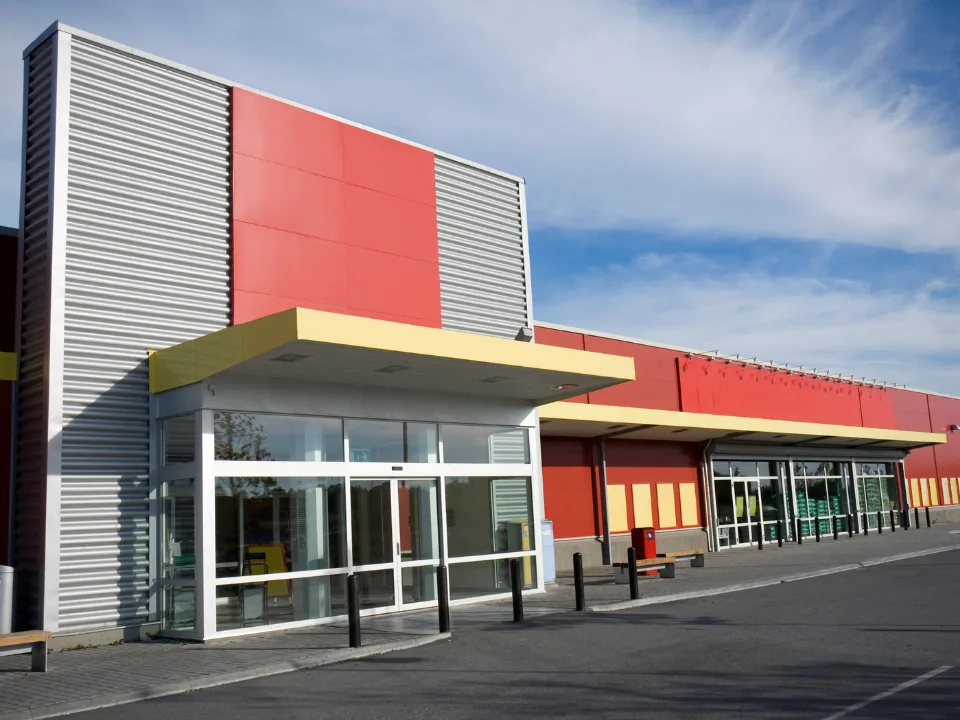- Nuveen Real Estate raised $320M for its US Cities Retail Fund, which targets grocery-anchored and necessity-driven retail centers.
- Investor demand is rising amid limited new construction and strong fundamentals in open-air retail, with national grocery-anchored vacancies hitting just 3.5%.
- Annual rents for grocery-anchored centers rose 3.1% in Q4 2024, outpacing other retail formats, while 2025 sales volume for open-air retail is projected to exceed $10B.
Institutional Appetite Grows
Nuveen Real Estate, a unit of TIAA with $1.3 trillion in assets under management, has raised $320M in new capital for its US Cities Retail Fund, first launched in 2018.
The fund focuses on grocery-anchored and daily-needs shopping centers in high-income suburban markets, with a strong emphasis on grocery retail as a resilient asset class, per Bisnow.
Why It Matters
The investment marks growing institutional confidence in open-air retail, especially assets anchored by essential businesses like grocers. A $21.5M commitment from the Wisconsin Board of Commissioners of Public Lands in December highlights the trend.
Get Smarter about what matters in CRE
Stay ahead of trends in commercial real estate with CRE Daily – the free newsletter delivering everything you need to start your day in just 5-minutes
A Tight Supply Boosts Value
Market fundamentals have tightened as new development slows. In Q4 2024, national vacancy for grocery-anchored centers fell to 3.5%, a full percentage point below pandemic peaks. For the second year in a row, less than 100,000 SF of new grocery-anchored retail space came online.
Rents and Prices Rise
Annual rents in grocery-anchored retail rose 3.1% year-over-year in Q4 2024, showing strong demand. This growth outpaced neighborhood and power centers. Investors paid a record $209 per SF last year. CBRE projects 2025 sales could exceed $10B.
What’s Next
As flexible work trends persist and new development remains limited, institutional players like Nuveen are expected to continue targeting these defensive retail assets. The fund’s existing $8B portfolio positions it to capitalize on a tight, high-demand segment of the retail market.



















